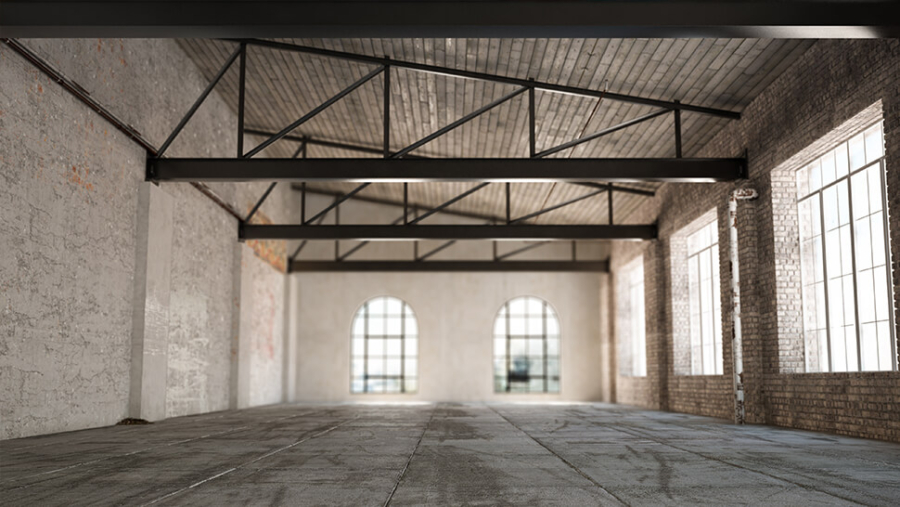

If you are leaving property empty, either as a freeholder or a lessee, you should always update your insurer to avoid invalidating the policy. We all know that empty properties can be vulnerable to trespassers, looters or enhanced damage caused by floods or storms if the damage is not identified early.
Many properties are now unoccupied and the usual ‘closing up’ actions may not have been undertaken. It is important that you take stock properly and:
- check what your policy requires you to do if the property is unoccupied
- notify your insurer that the property is empty and the date that this began
- check what relaxations your insurer may have applied to your policy as a consequence of Covid-19 and make sure changes are documented.
A standard ‘unoccupied’ clause may require notification after 30 days, and weekly safety visits after that. Some insurance providers are relaxing these requirements where they are not practicable due to Covid-19.
If the property is empty for non Covid-19 related reasons, these relaxations may not apply, which is why it is important to ensure that both you and your insurer are clear about what has been agreed and the reasons for the change. An insurer may agree to a relaxation if certain risk management steps have been undertaken. These could include the following:
- Waste – remove all external waste, pallets and empty skips before closure of the premises.
- Waste bins – empty all waste bins and move to a secure area, ideally at least 10 metres from the building. If it is not possible to keep at least 10 metres from the building, these bins should have locked lids.
- Fire systems – ensure all fire and/or sprinkler systems remain fully operational.
- Fire doors – check to ensure that internal fire doors are closed.
- Building utilities – ensure all non-essential electrical devices and building utilities are turned off.
- Inspections – arrange for a weekly inspection of the building (internally and externally) and risk assess for any lone working issues. Comply with existing government guidance regarding vulnerable people and lone worker risk assessments. Consider the provisioning for alternative skilled personnel.
- Physical security – check that physical security measures are in place and effective. For example, fences are fit for purpose and in good repair, windows are locked, shutters are in place, gates are locked.
- Intruder alarm – set intruder alarms and ensure that the remote signalling is in place. Make sure there are a sufficient number of key holders available to respond to an activation within 20 minutes.
- Maintenance – as long as it is practical, continue essential maintenance and complete any remedial measures. Continue to respond to all Building Management Systems (BMS) alerts.
If any arrangements are proposed which cannot be implemented, this should be made clear and alternative arrangements negotiated.
‘Back to work’ plans are likely to be shared shortly and those changes may also impact upon your obligations to the insurer. If adaptations have been made to your policy, you must ensure that you notify the insurer once they are no longer required.










